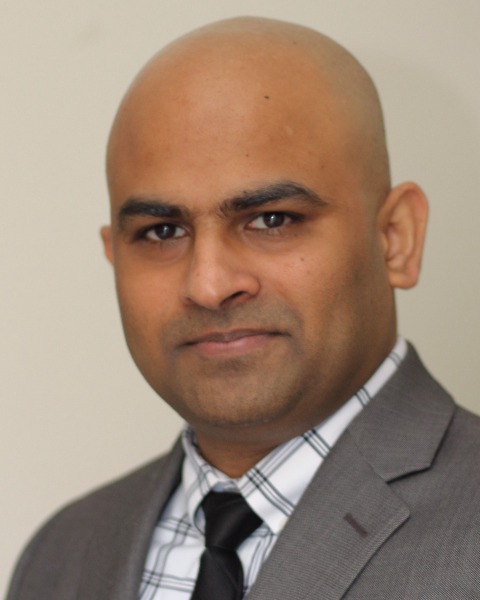HRPP/IRB Administration/Management and Process
41 - Navigating the First Year: Reflections from a New Director

Purna Garimella, MS, CIP, RAC (he/him/his)
HRPP Director
Indiana University, Indiana
Author(s)
Background: : Leadership transitions at Institutional Review Boards (IRBs) and Human Research Protection Programs (HRPPs), whether internal or external, are high-stakes and fast-paced. New IRB/HRPP directors face a steep learning curve, balancing strategic oversight, operational management, and cultural integration, yet few structured roadmaps exist to guide them through this transition.
Program
Description: : A new Director joined a large academic institution's HRPP with a complex research enterprise, diverse study portfolio, and multiple IRBs. Prior to the official start date, the Director engaged in preparatory meetings with the team and reviewed institutional policies and procedures. After officially joining, early efforts included attending all IRB meetings, extended meet-and-greets with direct reports, and identifying and connecting with key institutional leaders. Researchers with unique study portfolios were also identified, and their protocols reviewed. Structured one-on-one meetings with each HRPP staff member during the first two months helped assess strengths, identify growth areas, and inform early priorities. Despite a strong start, the first six months also presented unexpected challenges, including the sudden departure of the supervisor, pending critical work, multiple vacancies, and supporting a direct report on extended medical leave. The overall approach emphasized trust-building, transparency, and shared ownership, while navigating leadership transitions, operational challenges, and institutional change.
Program
Assessment: : The first six months highlighted the importance of accelerated learning, building connections, intentional communication, delegation, and adaptability. Staff responded positively to the Director’s availability, structured one-on-ones, and open inquiry into processes and culture. Leadership meetings created a consistent forum for discussion and Q&A. A positive early win was a market analysis that led to increased staff salaries and new positions. Challenges such as backfilling three open positions, planning for a direct report’s extended leave, and adapting to the abrupt departure of the supervisor required ongoing reprioritization, assuming additional responsibilities, and applying emotional intelligence. External demands, including an FDA audit and reaccreditation activities, accelerated the need to understand systems and institutional structure. To support the transition, the Director attended professional conferences, reviewed leadership transition literature, and, most impactfully, engaged in mentorship and peer exchange with HRPP directors at other institutions. These conversations offered insight into role expectations and onboarding strategies. Periodic feedback affirmed the trajectory. Although time constraints limited some initial goals, the groundwork has been laid for deeper engagement in year two.
Limitations:: This abstract reflects one individual’s leadership transition and qualitative observations over a 12-month period at a single institution. While many experiences are transferable, institutional culture, team dynamics, research volumes, and support systems may influence outcomes and scalability. Lastly, conclusions are observational, not yet supported by quantitative evaluation, and continue to evolve as initiatives mature.
Discussion: : Intentional onboarding, inclusive engagement, and adaptive leadership will play a huge role in successful IRB/HRPP leadership transitions. Institutions can better support new directors by enabling pre-start onboarding, facilitating early relationship-building, and clarifying immediate priorities. This case underscores the importance of trust-building, staff investment, and balancing short-term execution with long-term strategy. Sharing lessons learned across institutions can demystify the leadership transition and provide valuable guidance for others stepping into similar roles. Encouraging mentorship, peer learning, and focusing on smart early wins can foster resilience, promote alignment, build confidence, and strengthen HRPP/IRB infrastructure from day one.
